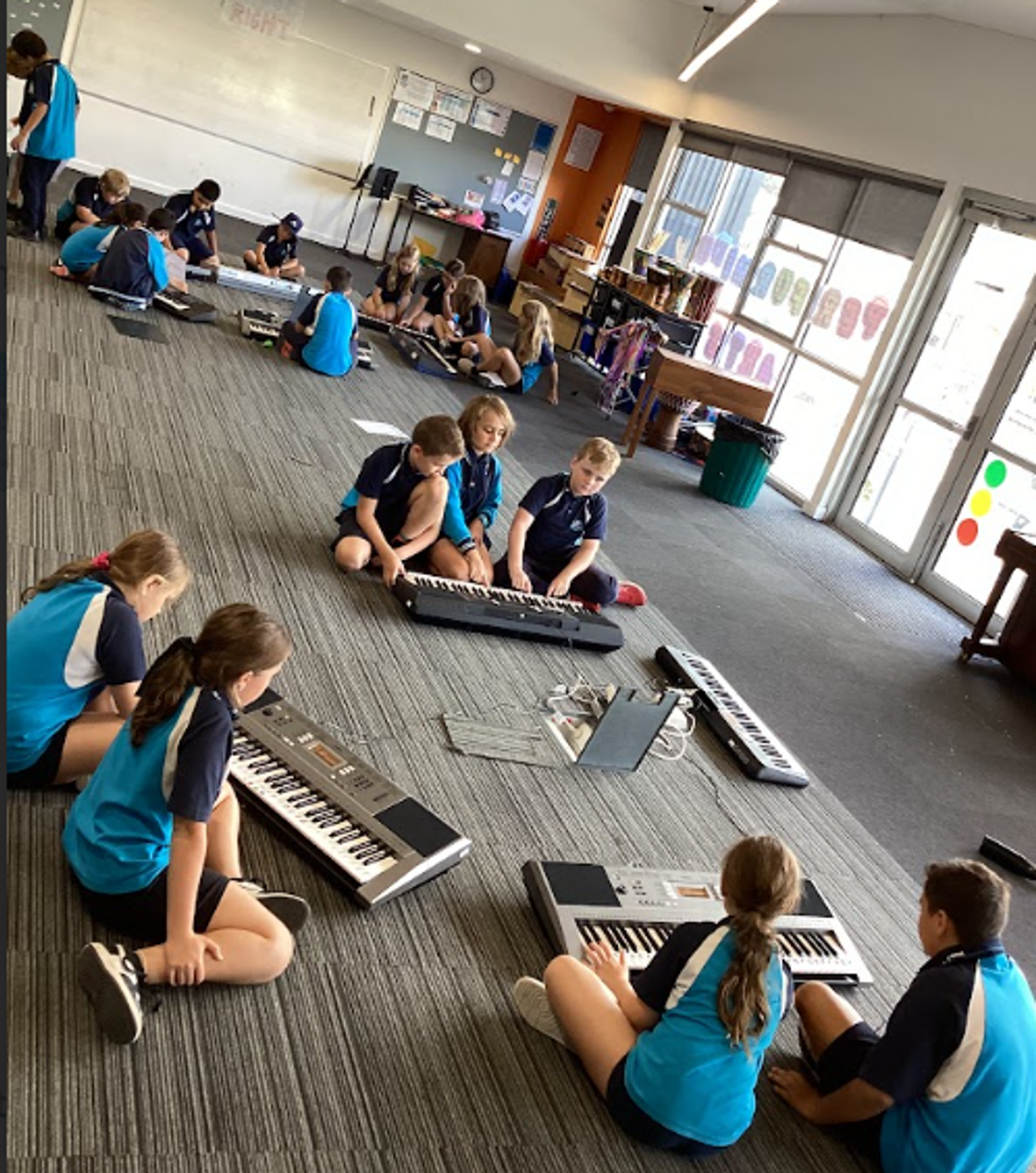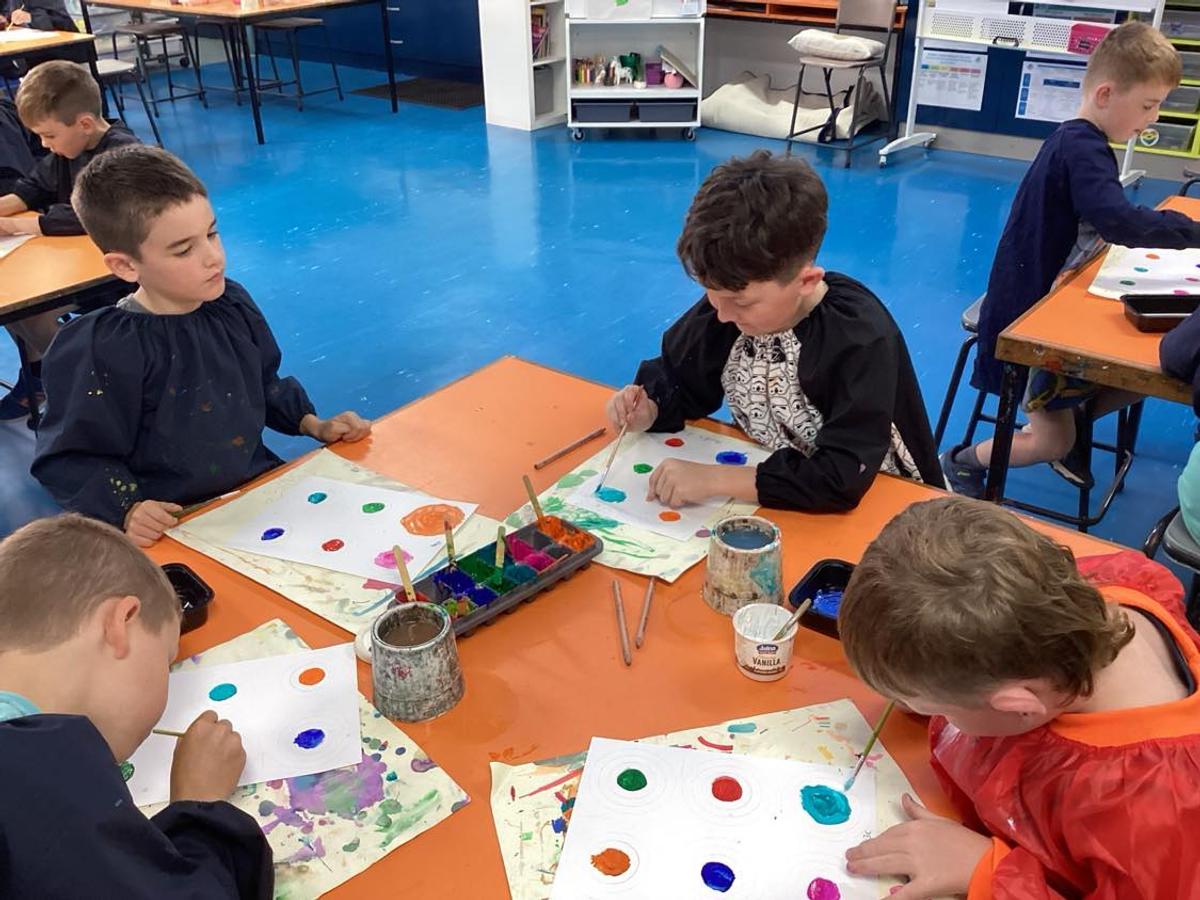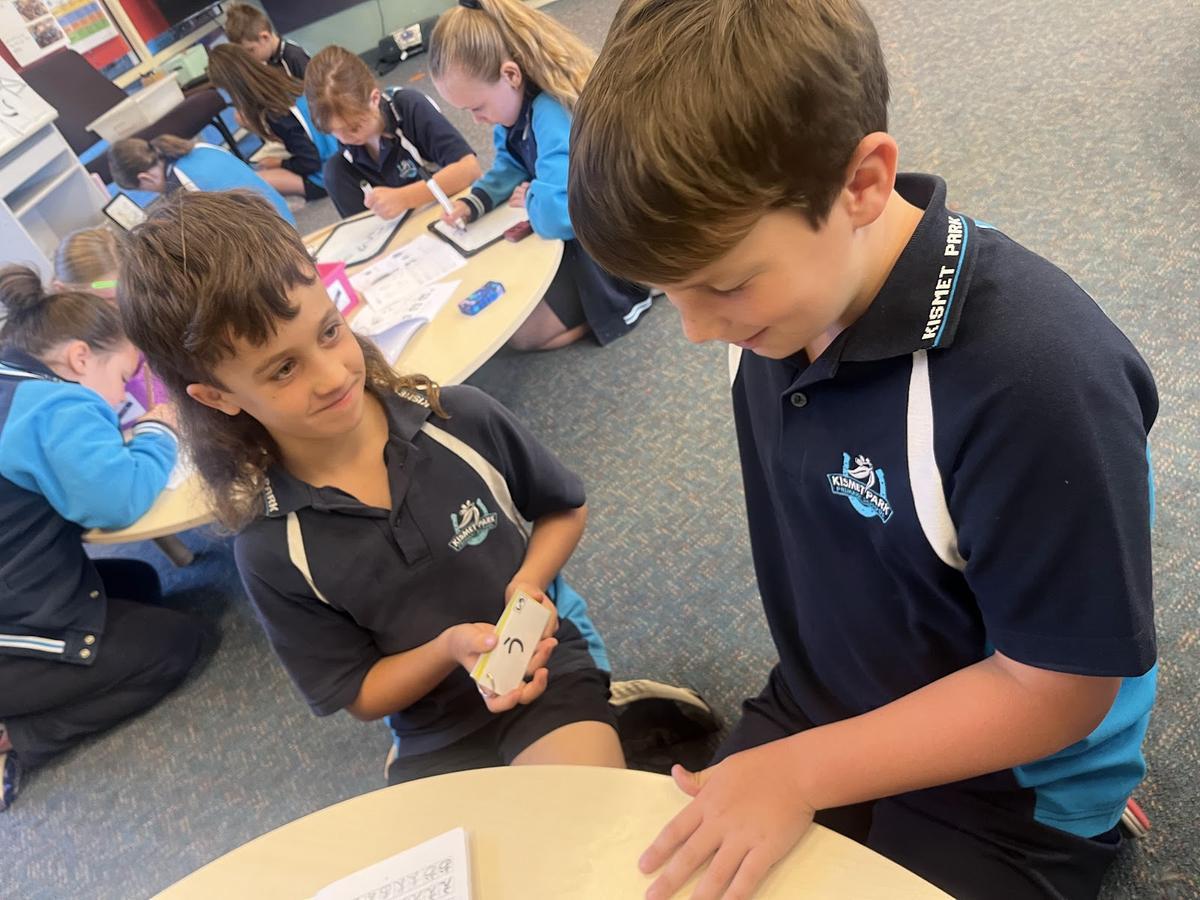Year 3 Celebration Newsletter

Reading:
In Reading, this semester students studied the novel ‘Matilda’ - they covered many comprehension strategies such as predicting, inferring, summarising, character traits and many more.
They learnt to identify the main idea in fiction and nonfiction texts and distinguished the difference between the ‘topic’ and the ‘main idea’. Students learnt to understand the importance of visualising as they read and how it can assist them to comprehend the text.
Writing:
In writing, the grade 3s looked at the following text types through their novel study of ‘Matilda’:
Narrative– They worked through the steps beginning with sentence structure through to creating a final published writing piece. Students experimented with their use of statements, commands, questions, and exclamations in their writing – as well as working on proper structure and using appropriate language features. | Persuasive- They explored the aspects of persuasive texts, beginning with the text structure, looking into reasoning, exploring modality and persuasive devices. Students applied their understanding of the structure to craft their own persuasive text.
|
Mathematics:
In Mathematics, students focused on units involving Number and Algebra and Measurement and Geometry. Students learnt about units of time and telling time to the minute, they also learnt about place value of numbers to enable them to recognise, represent, order, partition, regroup and rearrange them.
Wellbeing:
In Wellbeing, we were excited to continue our work through The Resilience Project. The Resilience Project teaches positive mental health strategies by working on lessons about Gratitude, Empathy and Mindfulness.
Inquiry:
Students explored two topics as part of their inquiry unit - History & Health. Students learnt about the early years of European settlement in Australia, the reasons behind the establishment of the Sydney colony, the First Fleet Journey and what life was like for early colonists including consequences of contact with Aboriginals and Torres Strait Islanders. They also learnt to interpret health information and messages, and reflect on how they influence personal decisions and behaviours with a focus on physical health.
Performing Arts
During Term One in Performing Arts, Grade Three students learned the basics of reading music, including notes that sit ‘on the line’ and ‘in the space’ on a musical stave when challenging each other in ‘The Ribbon Game’. They enjoyed racing to different notes laid out on the floor and were successful when converting this knowledge into reading sheet music. Students are very excited to be moving onto playing recorders and keyboards and are looking forward to continuing this work in Term 2.
Visual Arts
This term students investigated the tools of drawing, creating artworks using pencils, and markers. Students continued to explore the elements of art – line, shape, and colour. They learned that lines can be combined and repeated in patterns and that imaginary shapes are called abstract shapes. When learning about colour, students identified primary and secondary colours and discovered that images can be coloured realistically or in an imaginative way.
Japanese
This term in Japanese, the Grade 3 students were explicitly taught hiragana, the first Japanese alphabet. Students learnt to read a hiragana chart and how to use the chart to identify and say each character. They used the hiragana rap to help memorise the order of the alphabet. Students participated in whole class, small group and individual activities to apply their knowledge of the alphabet. They started a hiragana booklet to practise writing each character with correct stroke order and reading and writing simple Japanese words and sentences. Students will continue to work on their character recognition for the rest of the year.
PE
In Term 1 Grade 3 PE classes, students continued to develop their fundamental movement skills while exploring more challenging games and sports. They refined their techniques and strategies, focusing on fair play and teamwork. Students had the opportunity to demonstrate their physical abilities in events such as House Athletics and Cross Country. Social skills were emphasised through cooperative play and team sports, fostering empathy and leadership abilities.

















